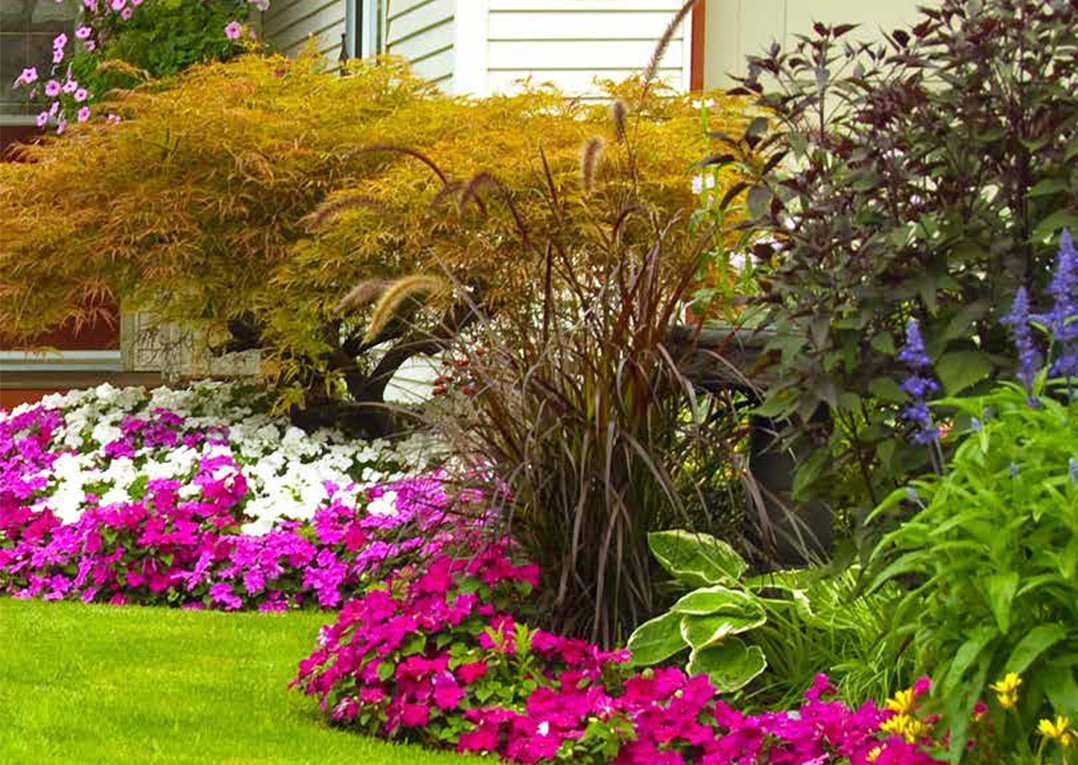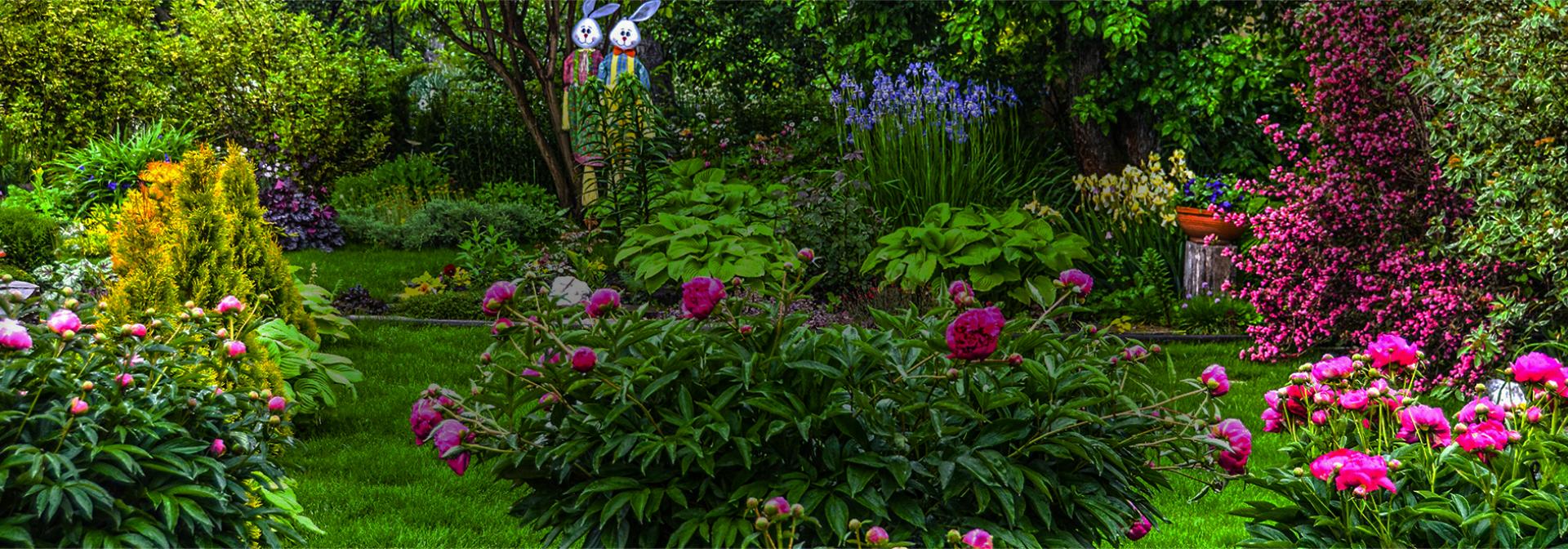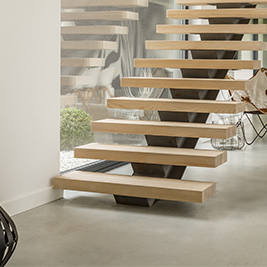Some basic guidelines to keep your garden looking beautiful through the summer.
1. MULCH
Spreading a 2-inch-deep layer of mulch over your soil is one of the best things you can do for your garden. The mulch blankets the ground, shielding the soil from the sun. This keeps it cooler, so your plant roots are happier, and prevents moisture loss from evaporation. Happily, anything made from organic matter - shredded wood, pine straw, a mix of grass clippings and shredded leaves, is going to help your soil in the long run as it decomposes and adds to your soil structure.
2. WEED
Many pesky weeds love summer heat and quickly take the jump from tiny to gigantic. It’s important to pull them from your garden, because weeds steal moisture and nutrients from your plants. Many weeds also encourage insect pests and diseases to pop up in your garden. Weeds are easiest to pull when they’re young and small. They also come out of the ground easiest when the soil is moist. Another reason to get them while they’re young: You can stop weeds from producing seeds.
3. ADD COLOUR
Once the summer heat arrives, many spring-blooming annuals such as pansy, viola and osteospermum fade. Make your garden look its best by pulling out the spent plants and replacing them with heat loving varieties such as angelonia, lantana, ageratum, coleus, pentas, portulaca, salvia, sweet potato vine and zinnia.

4. REMOVE FADED FLOWERS
Remove spent blooms from many of your annuals and perennials, and you might see more flowers! Called deadheading, this process prevents plants from producing seeds so they put more energy into beautiful blooms. Deadheading cuts back on future efforts, too, for plants that selfseed. Perennials (such as columbine, coneflower, cup plant, false sunflower, garlic chives, and verbena) and annuals (such as datura, flowering tobacco, kiss-me-over-the-garden-gate, larkspur, and spider flower) can self-seed to the point of being weedy in the garden.
5. WATER
If you experience extremely dry summers, or a dry weather pattern, you may wish to water your garden more than once a day. Most common garden plants prefer an average of 1 inch of water a week. It’s best to apply that inch all at once to encourage plant roots to sink down more deeply in the soil. When watering, apply water directly to the ground rather than getting a plant’s foliage wet; water sitting on the leaves can lead to disease. Soaker hoses are great for this!
Home calculations made easy to help you plan your home
MISSED CALL
Give us a MISSED CALL for New Home Loan
- 09289200017


































